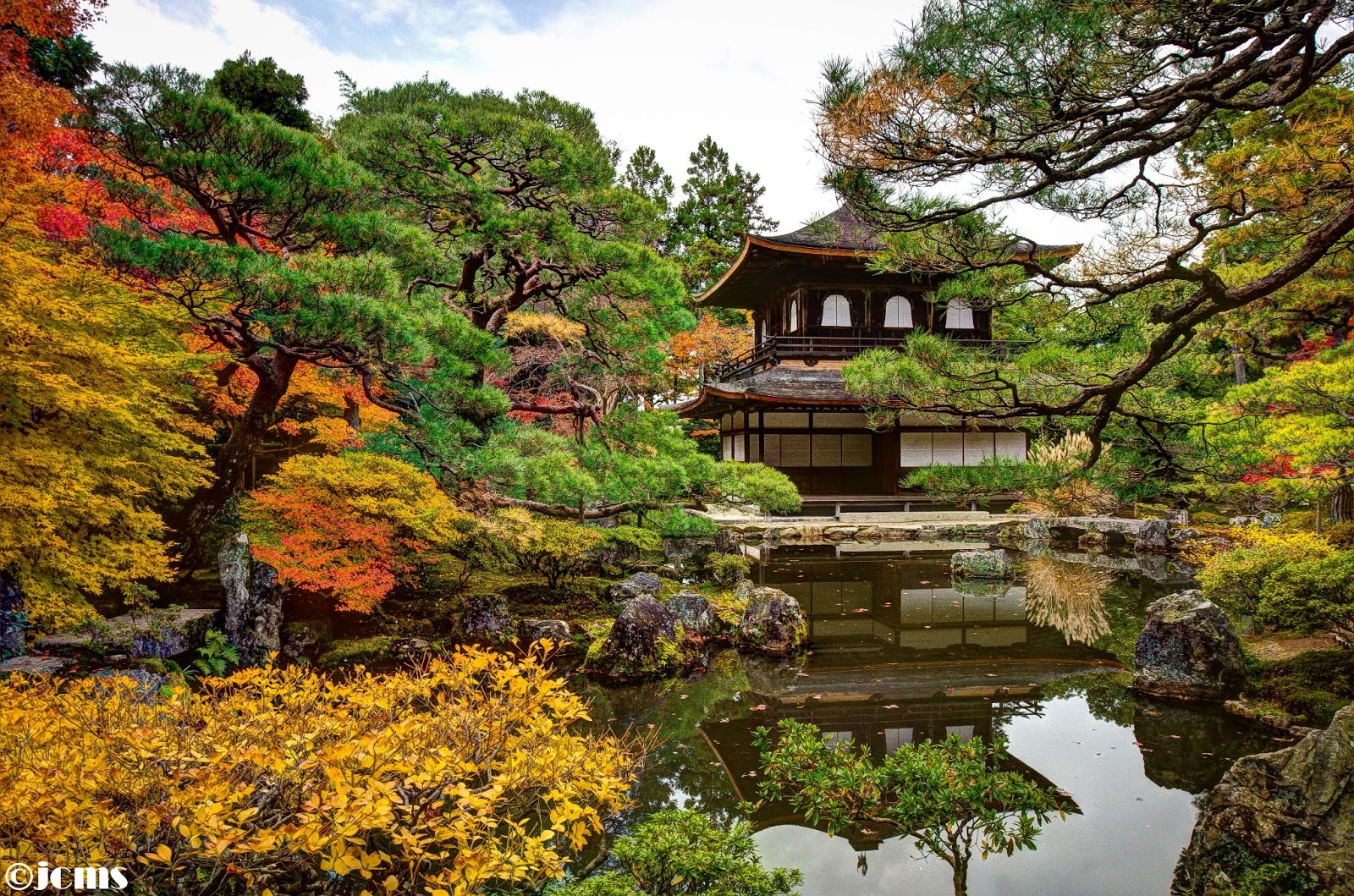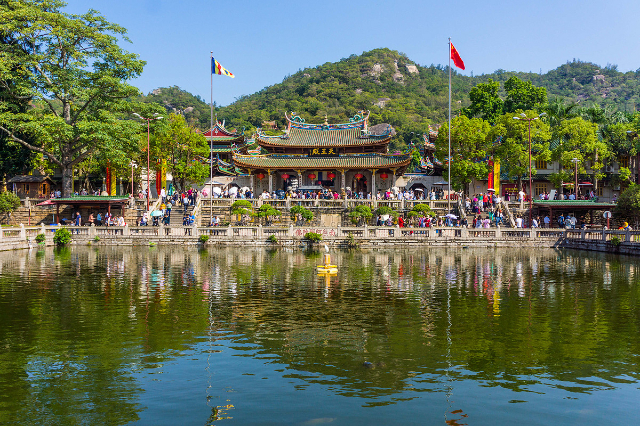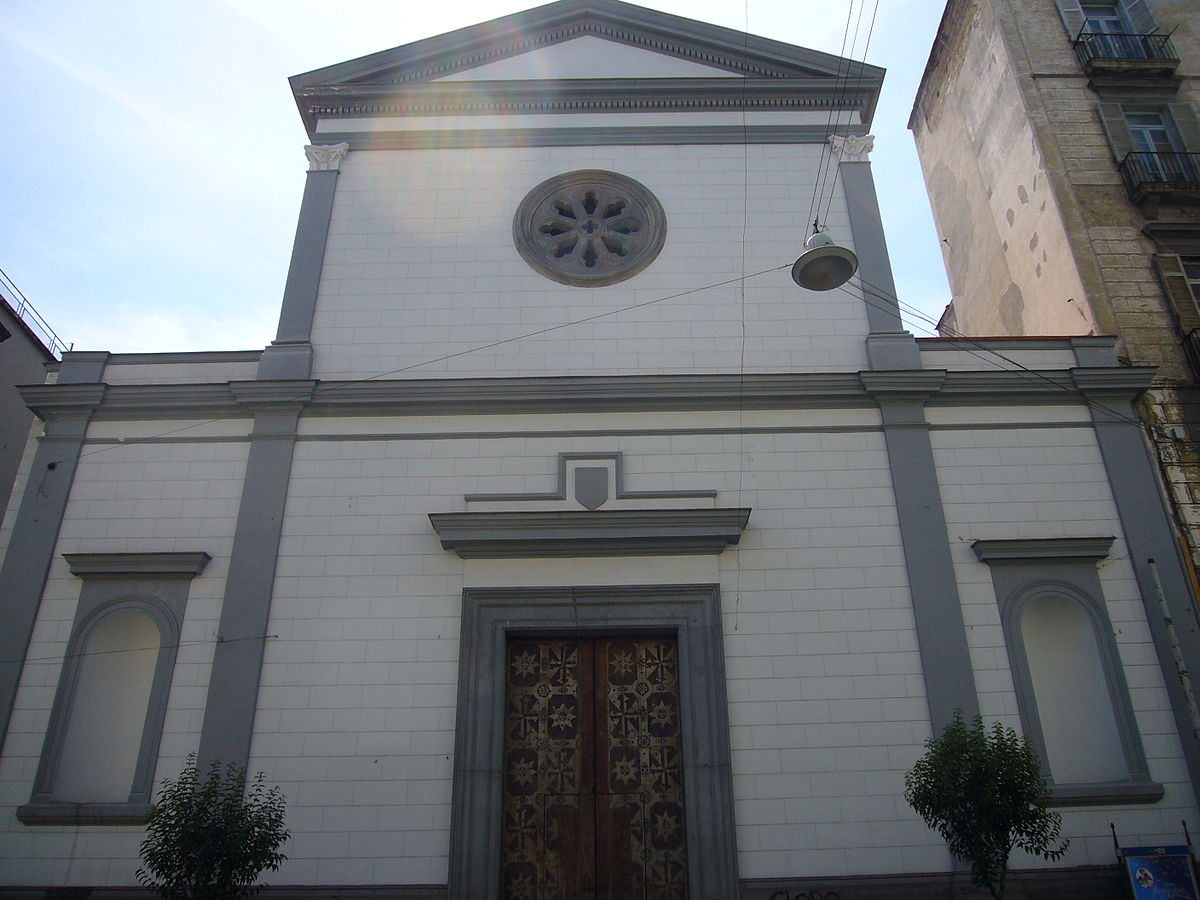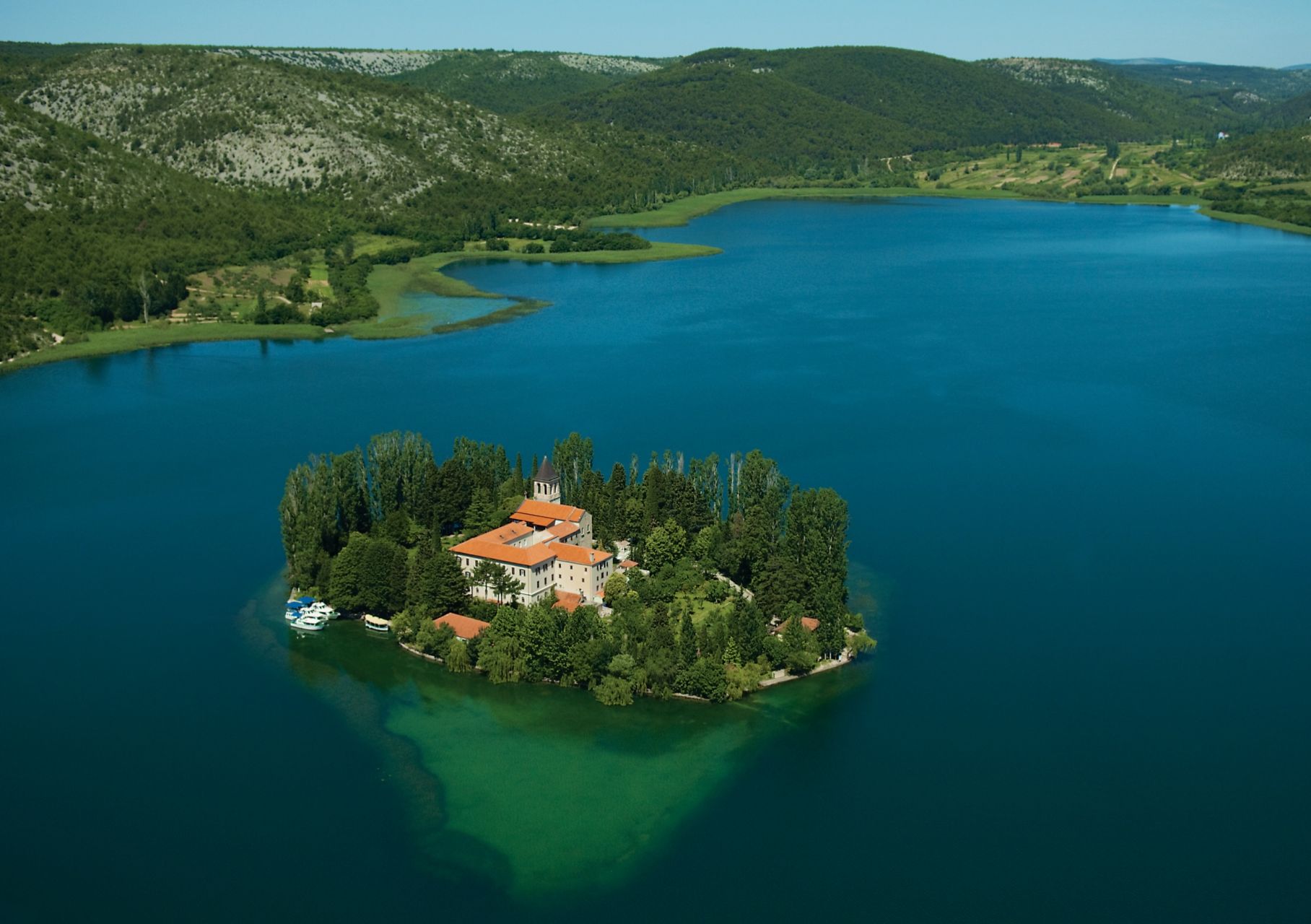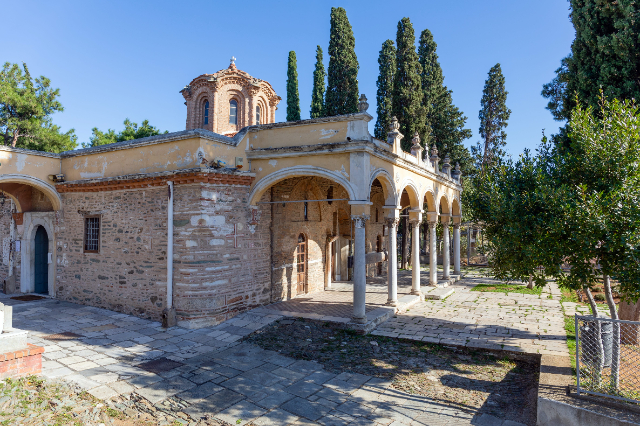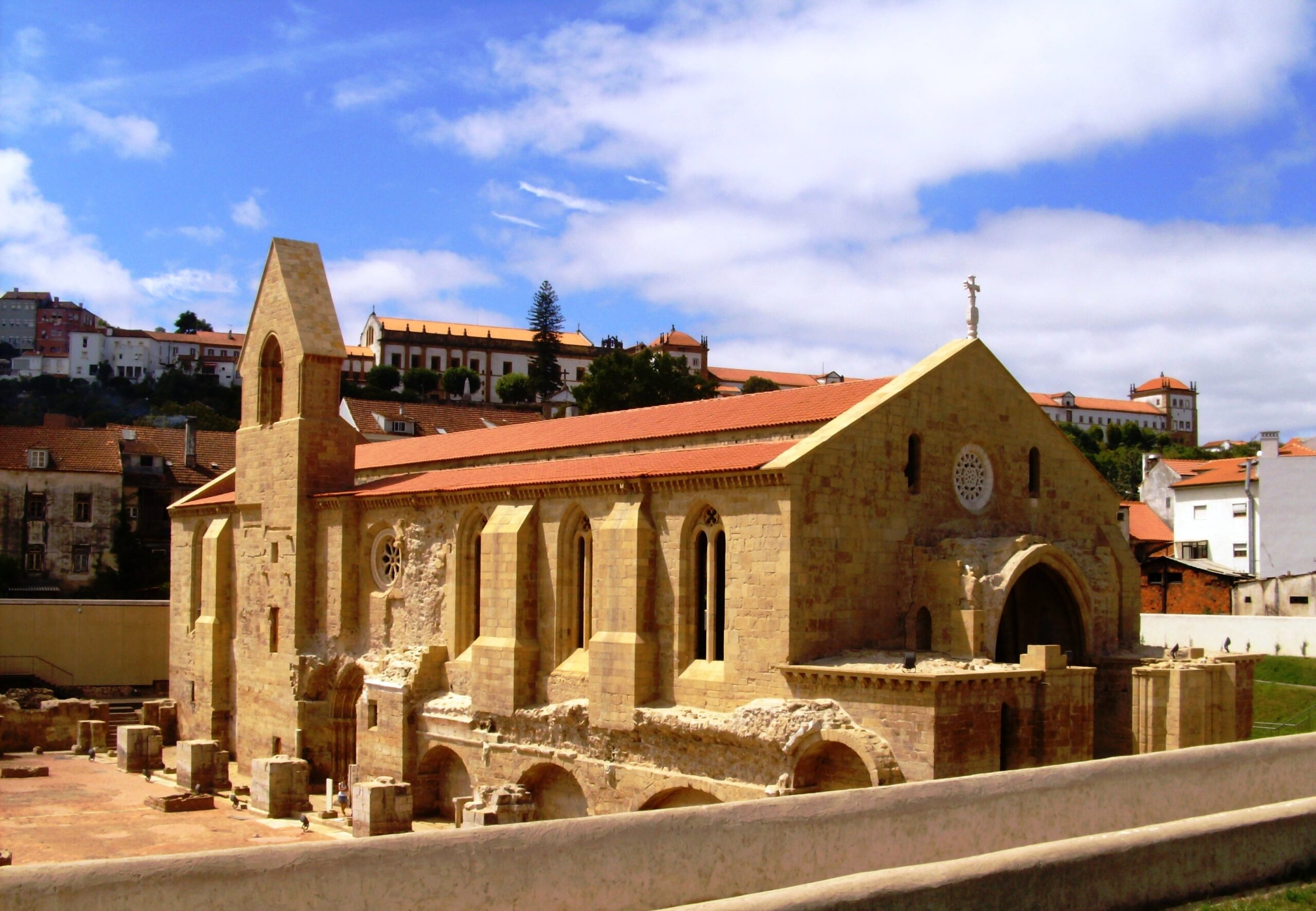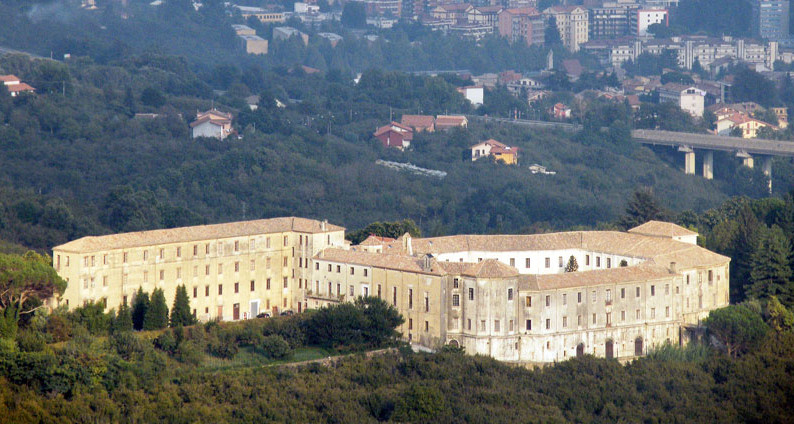Ginkakuji is a Zen temple along Kyoto’s eastern mountains (Higashiyama). In 1482, shogun Ashikaga Yoshimasa built his retirement villa on the grounds of today’s temple, modeling it after Kinkakuji (Golden Pavilion), his grandfather’s retirement villa at the base of Kyoto’s northern mountains (Kitayama). The villa was converted into a Zen temple after Yoshimasa’s death in 1490.
As the retirement villa of an art obsessed shogun, Ginkakuji became a center of contemporary culture, known as the Higashiyama Culture in contrast to the Kitayama Culture of his grandfather’s times. Unlike the Kitayama Culture, which remained limited to the aristocratic circles of Kyoto, the Higashiyama Culture had a broad impact on the entire country. The arts developed and refined during the time include the tea ceremony, flower arrangement, noh theater, poetry, garden design and architecture.
